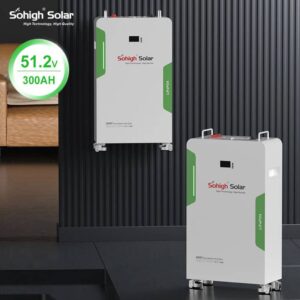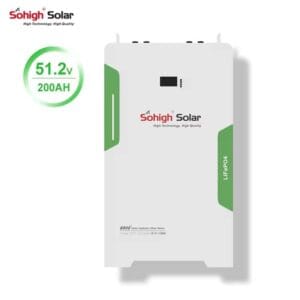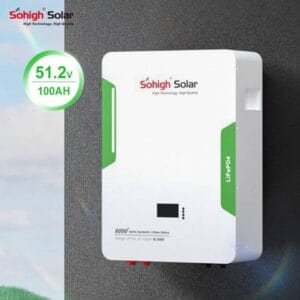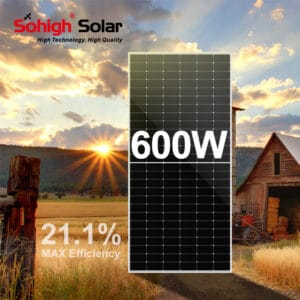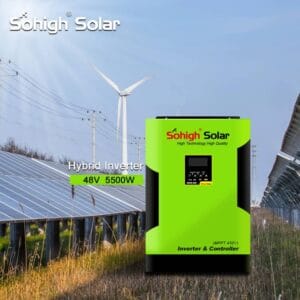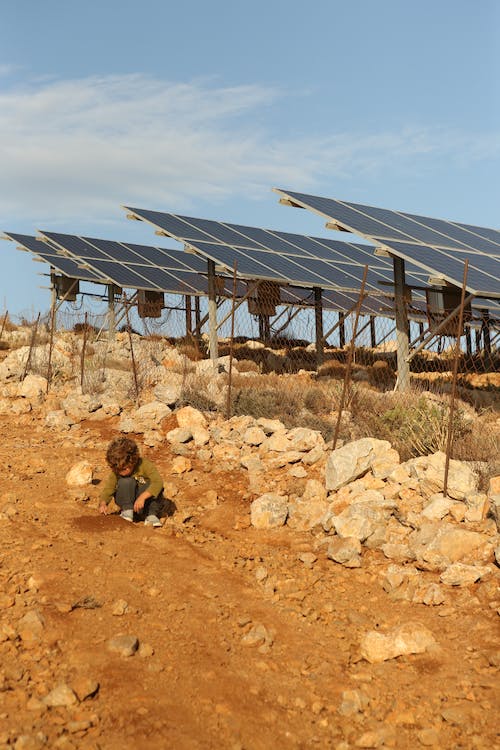
What is solar energy?
Simply put, solar energy is energy from the sun. It is the most abundant energy resource on Earth and can be converted from the sun’s radiant energy into electricity or heat. We use solar energy for many purposes such as powering and heating homes, businesses, utilities and more. Solar energy is a renewable resource and as such, it is an important part of our clean energy future. In this article, we’ll explain what you need to know about solar energy, including how it works and its applications.
Photovoltaic effect
The sun does more for our planet than just provide light during the day — every grain of sunlight (called a photon) that reaches Earth’s surface contains energy, fueling our planet. Solar energy is ultimately responsible for all of our weather systems and energy sources on Earth, and enough solar radiation reaches the Earth’s surface every hour to theoretically meet our global energy needs for nearly an entire year.
So, where does all this energy come from? Our sun, like any star in the Milky Way, is basically a giant nuclear reactor. Deep in the sun’s core, nuclear fusion reactions generate vast amounts of energy that radiate outward from the sun’s surface into space in the form of light and heat.
On Earth, we use photovoltaics, or solar collectors, to convert the sun’s energy from the sun into usable energy. While solar energy accounts for only a small fraction of total global energy use, the falling cost of installing solar panels means that more people, everywhere, can take advantage of solar power. Solar energy is a clean, renewable energy resource that will play an important role in the future of global energy.

